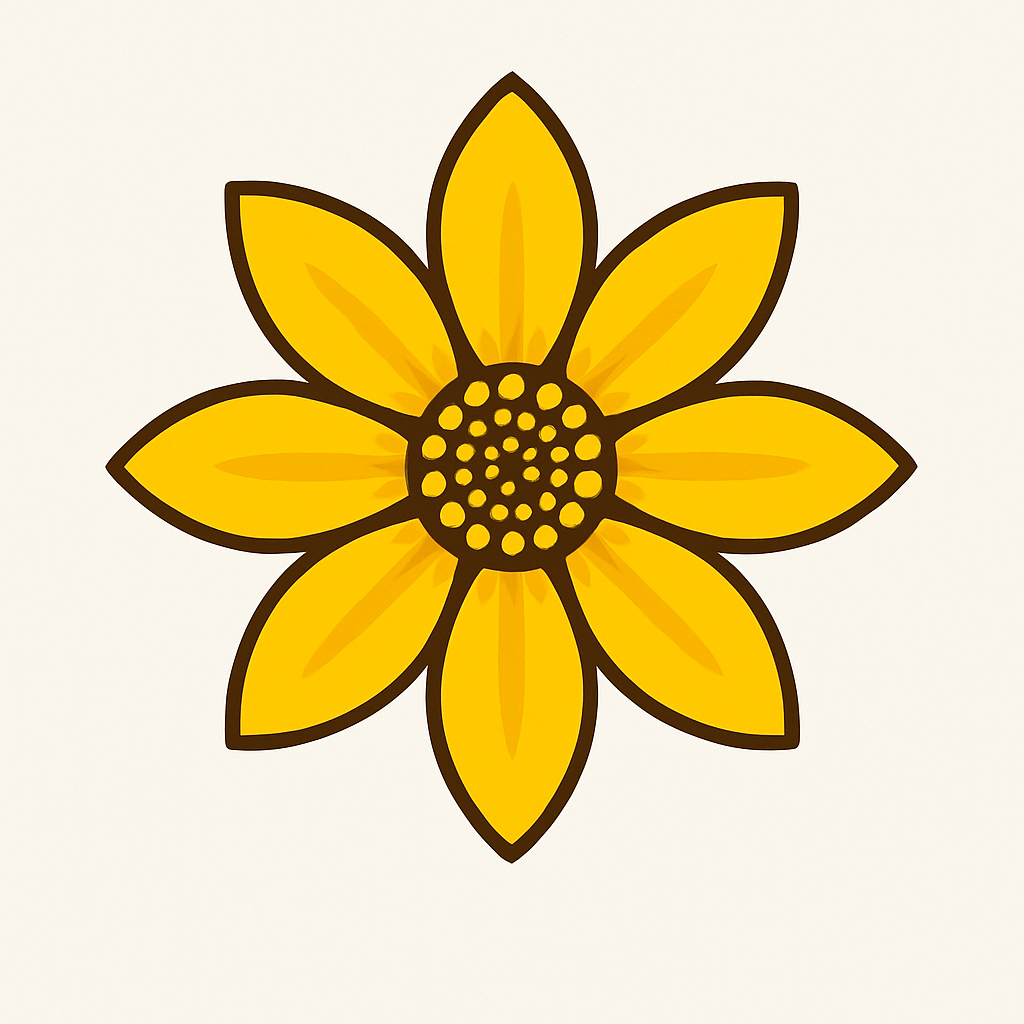Tigrinya Alphabet Guide - Learn ትግርኛ ፊደላት Complete Fidel Chart
Master the <strong>Tigrinya alphabet (Fidel)</strong> with our comprehensive guide. Learn pronunciation, writing order, and practice exercises for <strong>Ethiopian and Eritrean Tigrinya</strong>.
Our Tigrinya learning tool helps you master the ancient Fidel script used by over 7 million speakers. This comprehensive guide features complete alphabet charts with pronunciation guides and cultural context.
The Tigrinya alphabet, known as Fidel (ፊደል), is a syllabic writing system derived from the ancient Geez script. Each character represents a consonant-vowel combination, making it a syllabary rather than a traditional alphabet.
Key Features:
- • 33 basic consonant characters
- • 7 vowel modifications per consonant
- • Total of 231+ distinct symbols
- • Written left-to-right
- • No distinction between upper/lowercase
Vowel Order:
Vowel Sounds:
- • 1st form (ä/e): Like 'a' in 'cat' or 'e' in 'bet'
- • 2nd form (u): Like 'oo' in 'boot'
- • 3rd form (i): Like 'ee' in 'see'
- • 4th form (a): Like 'a' in 'father'
- • 5th form (e): Like 'ay' in 'say'
- • 6th form (ə/ɨ): Central vowel (schwa)
- • 7th form (o): Like 'o' in 'go'
Step-by-Step Approach:
- • Start with the first 10 consonants
- • Master the vowel order pattern
- • Practice writing each character
- • Learn common words and phrases
- • Use the online keyboard for practice
- • Read simple Tigrinya texts
Ready to practice? Use our online Tigrinya keyboard to start typing and reinforce your learning of the Fidel script.
Practice with Tigrinya KeyboardThe Tigrinya language and its script carry deep cultural significance for both Ethiopian and Eritrean communities. The Fidel script connects modern Tigrinya speakers to their ancient heritage through the Geez language, which was used in religious and scholarly texts for over a millennium.
In Ethiopia:
- • Official language of Tigray region
- • Used in education and government
- • Rich oral and written literature
- • Traditional songs and poetry
In Eritrea:
- • One of nine official languages
- • Widely used in media and education
- • Cultural celebrations and ceremonies
- • Modern literature and journalism
